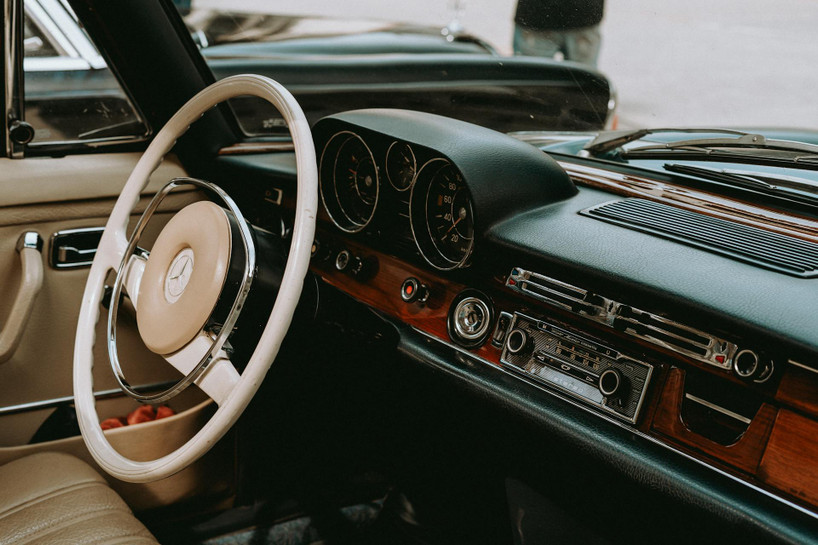For many classic car enthusiasts, upgrading the stereo system is about more than adding volume—it’s about achieving clean, powerful sound without damaging your equipment. One of the most important adjustments you can make is understanding and properly setting radio clipping. While the term might sound technical, clipping settings are crucial for protecting your speakers, amplifiers, and even your enjoyment of music.
What Is Clipping?
Clipping happens when an amplifier or radio is asked to deliver more power than it can handle. Instead of producing a smooth audio signal, the tops and bottoms of the sound waves are “clipped” flat. This results in distorted sound—harsh, fuzzy, and unpleasant at best, and damaging to speakers at worst. In a classic car with limited cabin acoustics, distortion can be even more noticeable.
Why Clipping Matters in Classic Cars
Unlike modern vehicles, most classic cars weren’t built with sound deadening materials or carefully engineered speaker placements. That means distortion travels quickly through metal panels, creating an irritating buzz or rattle. Worse yet, pushing your system into clipping can overheat your amplifier and blow your speakers, which is costly and avoidable.
Setting Clipping Correctly
Most modern radios and amplifiers, including those offered by Custom Autosound and similar brands, include built-in clipping indicators or test tones to help set levels. Here’s a general approach:
- Start with gains low. Set your radio volume to about 75% of maximum.
- Adjust the amplifier gain until you hear distortion, then back it down slightly.
- Clipping light or test tone function, use it—it provides a visual guide for when the signal is being overdriven.
- Fine-tune with music. Play a familiar track and confirm the sound remains clear at high volume without strain.
Balancing Bass and Treble
Clipping often occurs when bass frequencies are pushed too hard. In classic car systems, where dash or kick panel speakers may be smaller, it’s important to balance bass output with subwoofers or larger rear speakers. Using crossovers or high-pass filters can help redirect deep bass away from small speakers, reducing the chance of distortion.
Modern Tech, Vintage Look
The good news is that today’s classic car radios from Vintage Car Radio partners like Custom Autosound often include digital processing and clipping control features that weren’t available decades ago. This allows you to enjoy Bluetooth streaming, USB playback, and clean amplification without worrying about constant distortion or equipment damage—all while keeping your dash looking stock.
Conclusion
Clipping isn’t just an audio buzzword—it’s the line between great sound and costly repairs. By learning how to properly set your radio and amplifier gains, you’ll protect your investment, extend the life of your equipment, and ensure your favorite songs sound as good as your classic ride looks. With the right clipping settings, your system will deliver music that’s loud, clean, and distortion-free, mile after mile.



